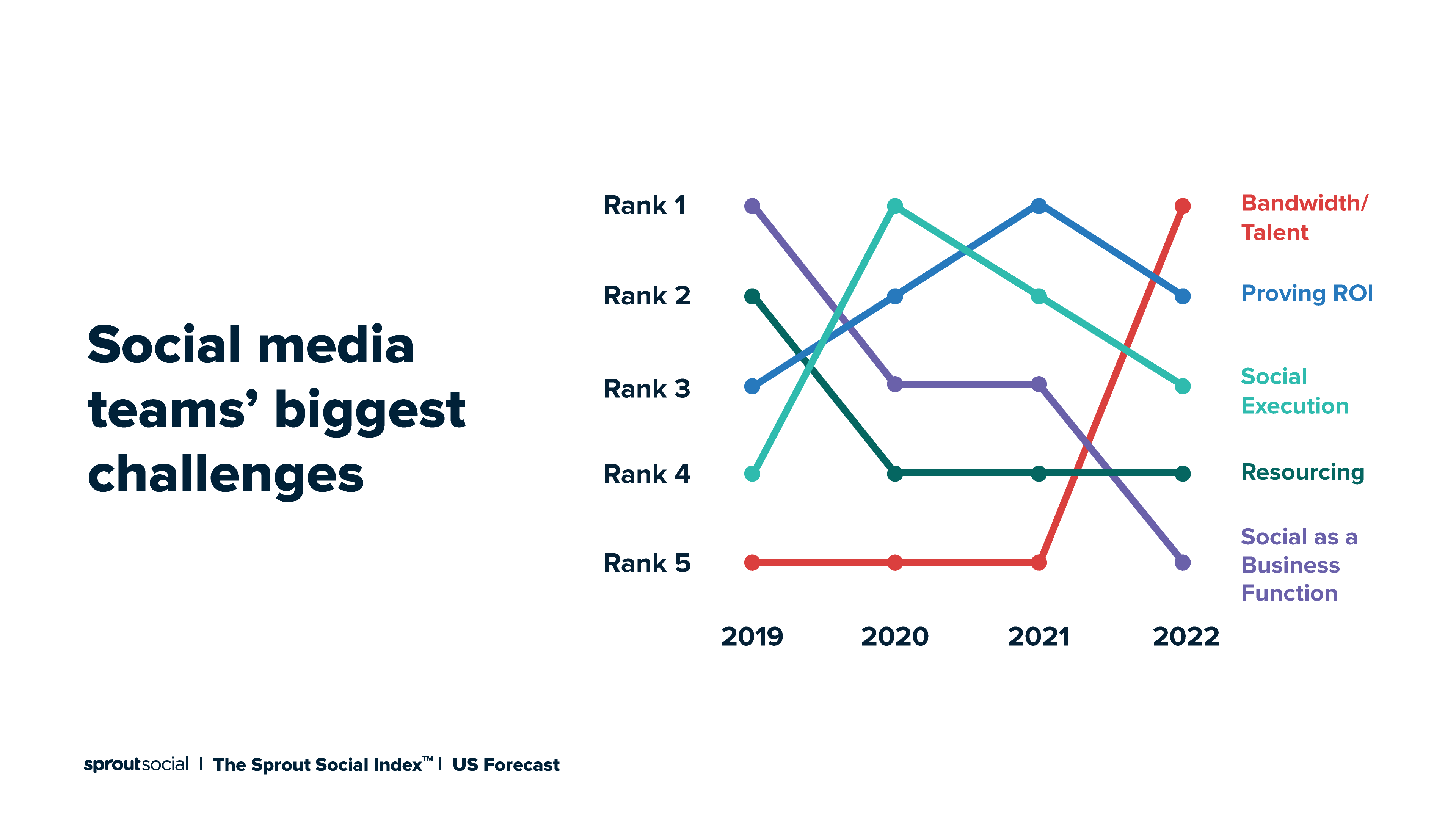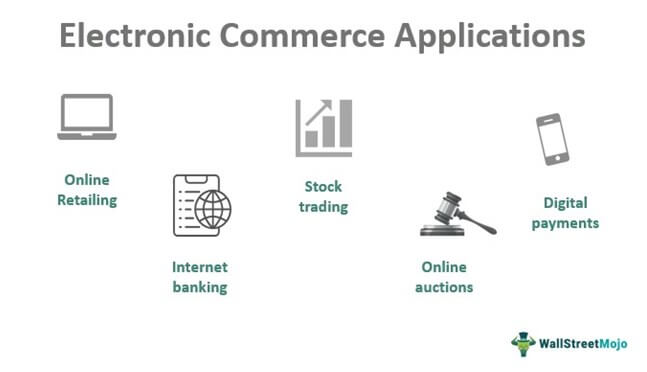
The size of your business will determine the extent to which your social media strategy includes measures for measuring social media engagement. Enterprise brands cannot answer every comment. However, small to medium-sized business should respond via direct messages or comments. These actions prove that someone is behind the posts and improve social media engagement. What if your company doesn't have the budget to spend on advertising? There are still basic ways to increase social media engagement if your business doesn't have the budget.
Measurement of social media engagement
A key part of any social marketing strategy is the measurement of engagement on social media. But how can we measure social network engagement? This is a question that still baffles many executives. McKinsey's (2012) study revealed that social networking engagement is largely a behavior construct. This means that customers must actively engage in conversations, purchase products, or engage with their peers on social media.
The review had 41 papers. The first two studies specifically identified metrics related social media engagement. The other three utilized mixed methods. Based on the findings of these three studies, we have identified 30 unique definitions of engagement. There were overlaps in terms and many terms. This means that there is no one standard definition for engagement in social media. But we can certainly draw some conclusions based on the literature review and the data collected.
Understanding your audience is essential
It's crucial to understand your audience when using social media. There are many tools that can help you determine the age, gender and location of your target audience. Then, it's possible to build your own community. Here are some tips to help understand your audience. You'll soon be able to create a social network that resonates with your target audiences if you follow these tips.

Take the time to look through your audience's social media accounts. This will help you understand them better. Find out what content gets the most engagement and how you can cater to them better. An insider video, for example, may garner more engagement that a flat lays product photo, but a post on pop culture holidays may have more resonance with your audience. Understanding your audience's preferences allows you to create engaging content which will interest them and keep their attention.
Influence of other actions in social media engagement
A strong social media engagement helps to prove the impact of your brand to customers and promotes offline sales. To calculate your social media engagement rate, use a free engagement rate calculator. It calculates how many people have liked, commented and shared your post. Higher social media engagement rates will result in a higher ranking for your brand in search results. This is not the only thing you need to measure. Other actions can play a major role in your social-media engagement.
The influence of other actions on social media engagement enables you to exercise power in online communities and virtual worlds. This allows you to take on multiple roles like producer, broadcaster or audience member. It is therefore important to evaluate the impact of others actions on your engagement with social media. You can measure social media engagement through likes and comments, reactions, shares, clicks, and links. Other metrics include the time spent on content, following other accounts, and using shopping options. These metrics can be supplemented by social media management tools such as Hootsuite that allow you to manage all of your social channels through one dashboard.
Influence of direct messaging on social-media engagement
While many social media users view direct messaging as spam, it can have the opposite effect. Direct messages can expand your social presence and engagement on Facebook without being intrusive when used properly. These are just a few of the many ways that direct messages can be used effectively. DMs don't just allow you to send links; they can also help you share relevant content. An example: A Washington, D.C. business could target people in the area, sending them a direct message with an offer or compliment.

Direct messages are a great way to build leads. However, it is important that both parties benefit. Although direct messaging can help you gain leads, it doesn't provide the ideal environment for nurturing them. Instead, communicate with potential customers via other channels like email, Skype, or other communication methods, such as email. You can regain the power of direct messaging by adhering to ethical best practices. You can connect with consumers by using personalized messages and value-based offer to communicate with them in the most direct manner possible.
FAQ
Why is content so crucial?
Any digital marketing campaign needs to include content. To attract new customers, you must create value-added content. Blogs are the best way of doing this. Blogging can help you build authority in your field, making you more trustworthy. Trustworthiness creates credibility which can lead to higher search engine ranking. When you rank high in search engines, organic searches bring you traffic.
What can I do to improve my content marketing strategy
By focusing on content and distribution, you can improve your content-marketing strategy. Understanding your ideal customer is the first step to improving your content marketing strategy. Next, understand where your customers hang out online. Once you have this information, it is possible to tailor your content so that they are interested in what you are offering. The second is to develop a voice and style unique enough to distinguish yourself from your competition. Third, you need to figure out how to distribute your content effectively.
What are the various content strategies?
Content strategy is an umbrella term used to describe all aspects of how you create, manage, distribute, measure, and optimize content for digital channels. Content strategy is not just about what you post to social media sites, such as Facebook or Twitter, but also the content you choose for your website, blog, or other online properties.
Content strategy is essential because it helps you determine where to focus your efforts, what content type you should use and what messages you want to send.
It's all about understanding how content fits into your overall business goals and objectives in order to help achieve them.
How can content marketing strategy help me?
Content Marketing Strategy grants you access to data that you would not otherwise have. This data allows you to measure which types of content perform better than others.
It helps you to determine which strategies should be used to increase your site's traffic. It can also give you insights into the behaviour of your audience, so that you can produce even better content.
This allows you to focus on the good content and less worrying about whether it works.
A Content Marketing Strategy also helps you analyze what messages resonate most with your audience.
This analysis will allow you to determine which content they like. So you can create similar pieces of content and keep those successful ideas going.
Finally, a Content Marketing Strategy helps you track your content's performance. You will see which content types are performing better as you share more.
A Content Marketing Strategy can be summarized as the key to ensuring that your content performs well.
Statistics
- Content marketing produces 3X more leads per dollar spent. Content marketing costs 62% less than traditional marketing. (criteo.com)
- According to the Content Marketing Institute, 70% of B2B marketers and 86% of B2C marketers surveyed use content marketing in some form or other. (criteo.com)
- We found that 40% of businesses don't have a documented strategy yet. (semrush.com)
- According to research compiled by Coschedule: Companies that publish 16+ blog posts a month get as much as 3.5x as much traffic as those that publish 0-4 posts a month. (criteo.com)
- According to our research, 65% of companies with very successful content marketing in 2021 ran content audits at least twice a year. (semrush.com)
- This marketing strategy landed Ford a 15.4% conversion rate. (neilpatel.com)
- Seventy-two percent business to business (B2B) (mailchimp.com)
- Forty-seven percent of buyers view 3 to 5 pieces of content before engaging with a sales representative. (mailchimp.com)
External Links
How To
How can content marketing be started?
Organizations can use content marketing to reach potential customers or generate leads online. Through providing relevant information about products or services, you can help potential clients to get in touch with you.
Content marketing also encourages trust among visitors, which increases brand loyalty, resulting in increased sales conversions and profits.
You can start by creating a blog. Blogs allow you to publish new articles on a user-friendly platform.
This allows people the opportunity to revisit your site often and read what you've written. You can also use social media sites, such as Facebook or Twitter, to share pertinent news and information.
YouTube also allows you to make videos. These videos can help educate viewers about your business.
You can also create infographics with tools such as Canva. Infographics represent data visually. They can be used to explain complex concepts and make it easier to absorb information.
Your chances of reaching new readers are greater if you post more often and consistently.